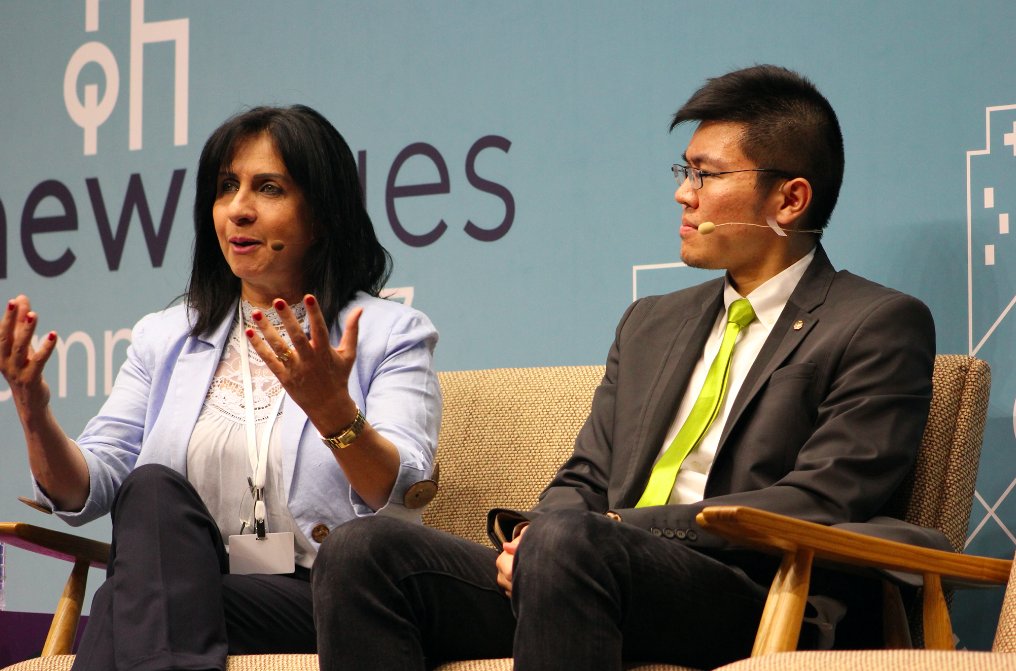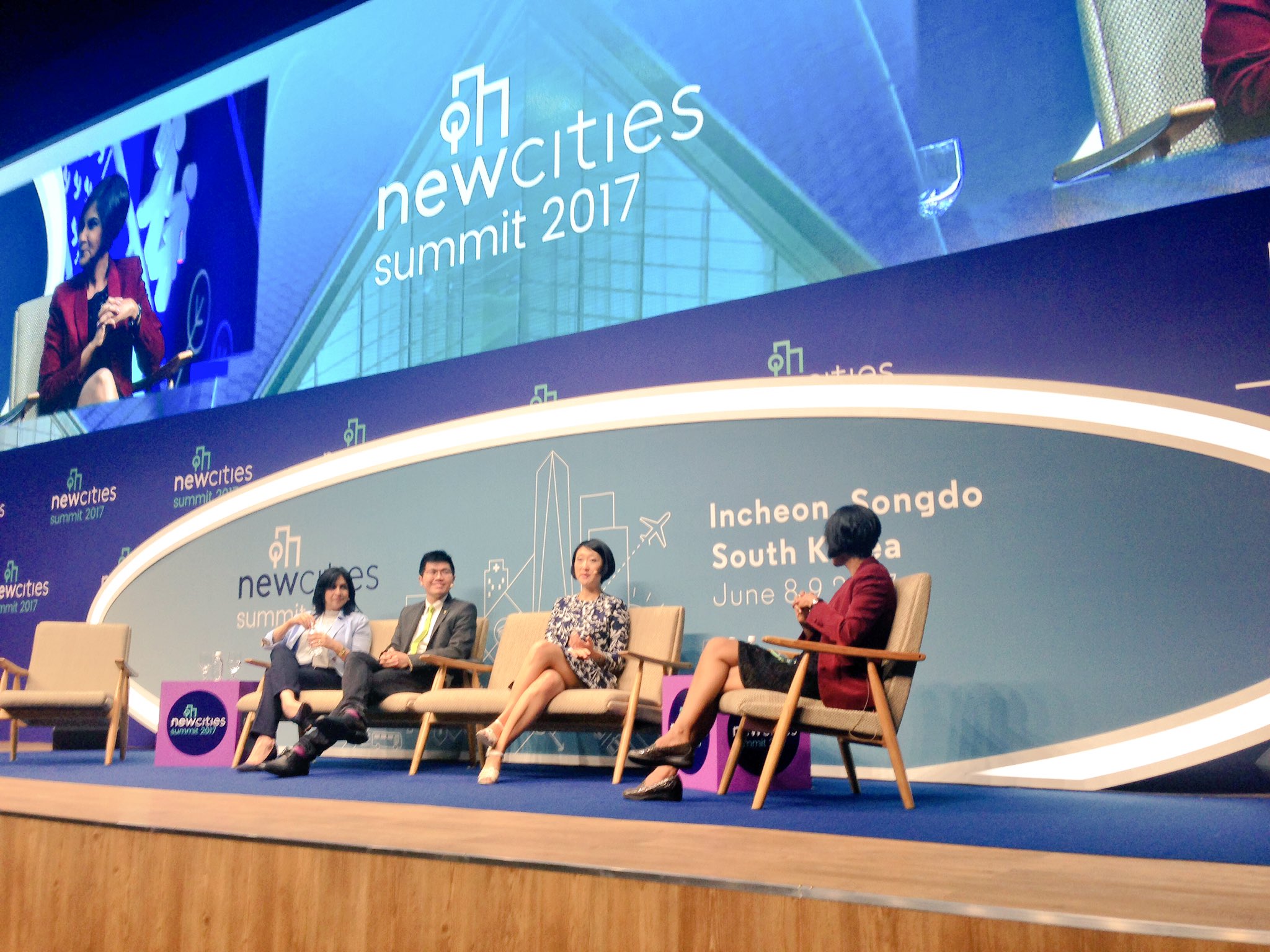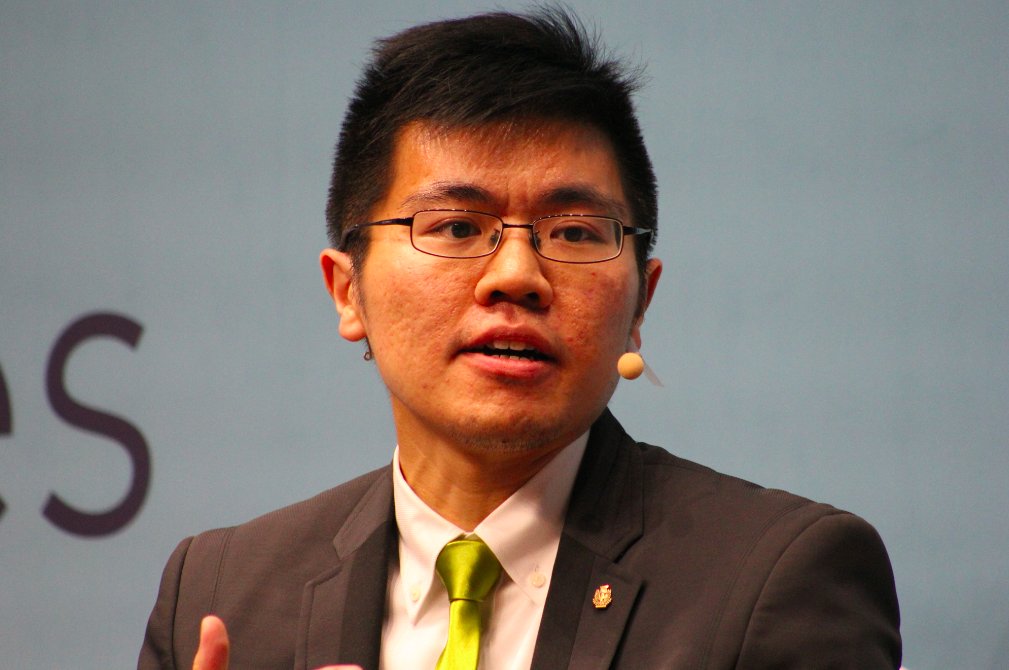Inclusive City Planning
Vicky Chan spoke at New Cities Summit in Songdo. He shared the stage with Vera Baboun, former Palestine Mayor and Fleur Pellerin, former French cultural minister. His ideas to make inclusive public spaces focused on
- Sports
- Education
- Interactive Design
Sports
It is a challenge to bridge the income gap in a city, but sports are proven to be an effective tool to bring people together. The making of Macombs Dam Park at the former site of Yankee Stadium has shown integrated sports for all ages. The mix provides an inclusive space for the Bronx community, while it serves as gathering space for people going to the Yankee games. The creative way to play with topography also helps to create sports for all seasons. The idea of sports can be extended into a year long experience when nature, creativity and imagination are combined.
Education
Vicky has conducted many children workshop on urban planning via Architecture for Children, but it is still a challenge to make those ideas acceptable to adults. The challenge is not so much about the quality of children’s ideas, but adult’s willingness to listen to our children. Vicky believed education is necessary on both ends. We have to continue to spread ideas about sustainable cities to children, while adults work hard to make sure city planning is about laying foundation for the future generation. It only makes sense if children get to decide their own future. One idea children have about public park is to design a chocolate factory, in which the park is made out of edible materials. The idea is wild but yet very practical and feasible. Why don’t we stop using plastic and adapt materials that are harmless to our children? Our willingness to open our minds to accept childish ideas are key for disruptive changes.
Interactive Design
Public involvement can’t always help to achieve design consensus, but it is very important to address opinions from the user’s perspective. Workshop has always been effective. Making the process interactive will also help to make an interactive outcome. A design that continues to evolve with public participation will not only keep us imaginative, but it is the most sustainable practice to allow our design to evolve. Our mobile shops design have shown that it is good for users and the environment to embrace evolution. If our public park can appear like the spontaneous village in Hong Kong, we will likely achieve the true timeless design.




